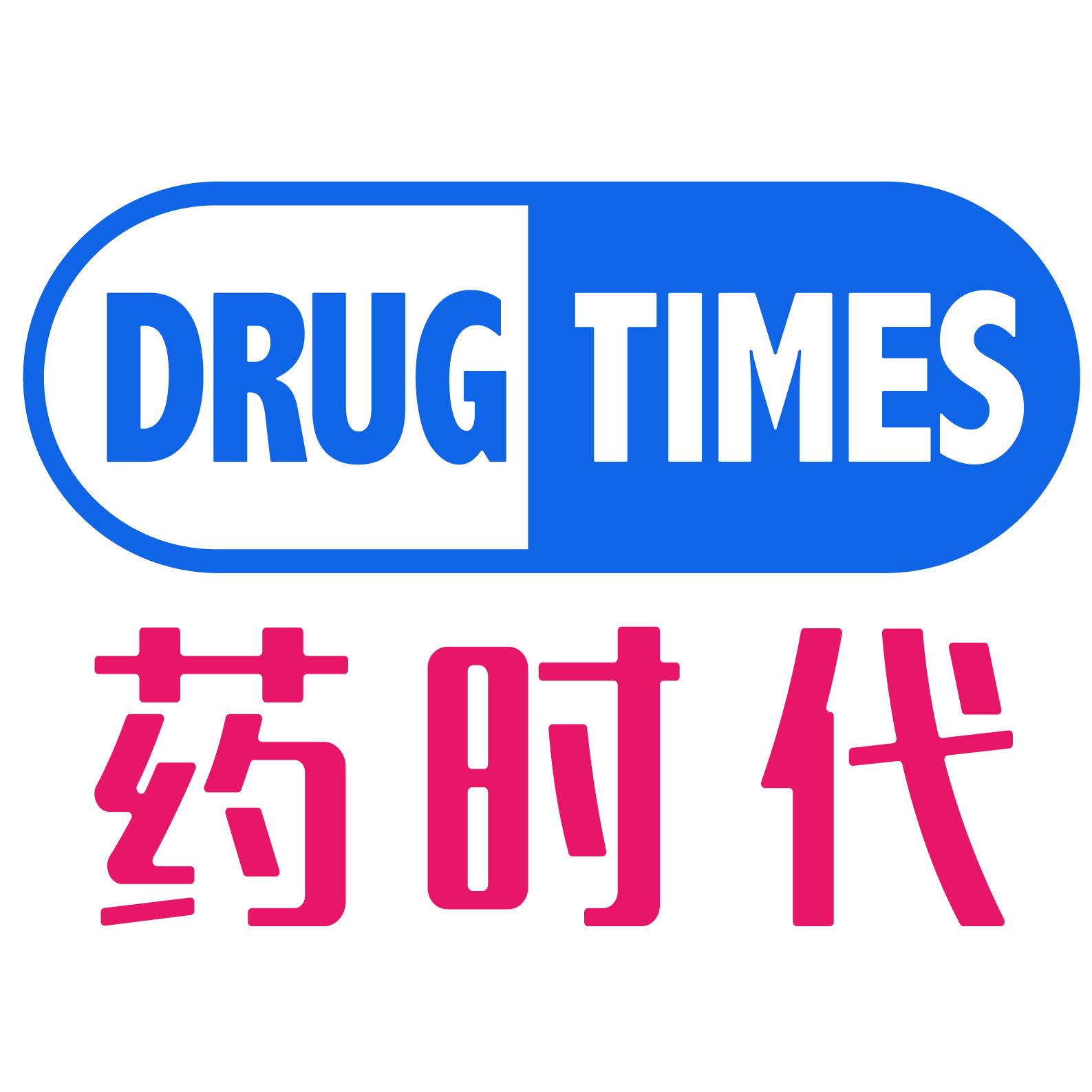
As the saying goes, “A new official starts with three fires.” Elon Musk, who is about to take office at the U.S. “Government Efficiency Department,” has recently been widely discussed. The rumored “layoff list” has many federal departments on edge. Whether this global super “internet celebrity” will really make drastic cuts to the government remains to be seen, but his love for “weight loss” is nothing new.
At the end of 2022, Musk “promoted” his weight loss secret on his personal social media platform. At that time, Musk’s change could be described as “a completely different horse,” losing 9 kilograms in a month and a total of 30 pounds (about 13.6 kilograms). Curious about how he did it, he posted an explanation, “Intermittent fasting + Ozempic/Wegovy.” Both drugs contain a synthetic peptide—Semaglutide.

It has to be said that Musk’s ability to promote products is extraordinary. A “weight loss” trend has begun to sweep the globe. GLP-1 drugs represented by Novo Nordisk’s Semaglutide and Eli Lilly’s Tirzepatide have become world-famous, with demand soaring and supply unable to meet demand. For several years since then, several star GLP-1 peptide drugs have been on the FDA’s list of drug shortages.
As of October 2024, the FDA announced on its official website that the shortage of Tirzepatide injections has been resolved—”Shortage resolved.” Since the drug was declared in short supply in 2022, the situation has finally been alleviated, while other GLP-1 drugs, including Semaglutide, remain in a state of “In shortage.”

(Image source: FDA website)
The global peptide capacity crisis has been alleviated, closely related to the continuous expansion of CXO peptide capacity. Taking the leading company WuXi AppTec as an example, it is reported that the company planned to expand its solid-phase peptide synthesis capacity to 41,000L at the beginning of the year, which has now been completed and put into use. According to the public information from WuXi AppTec’s investor day this year, in 2023, WuXi AppTec’s peptide capacity expanded by 20,000L within 12 months, to a total solid-phase synthesis capacity of 32,000L by the end of last year. This means that in 2024, WuXi AppTec’s peptide capacity has increased by another 9,000L.

▲ Screenshot from WuXi AppTec’s official website investor day materials
The rapid “leap” in capacity is both a result of WuXi AppTec’s accurate insight and early preparation for the large-scale production demand of peptide drugs, and a testament to WuXi AppTec’s optimism and confidence in the peptide drug market.
The Surprise Weight Loss Track
People have suffered from obesity for a long time! Therefore, over the past few decades, the pharmaceutical industry has been searching for drugs that can safely and effectively treat obesity, but many weight loss drugs have side effects that cannot be ignored, until GLP-1 “accidentally” entered the weight loss track.
GLP-1, known as glucagon-like peptide-1, made its debut as a blood sugar-lowering drug for diabetes. GLP-1 is a naturally occurring peptide in the gut that can lower blood sugar by enhancing insulin secretion and inhibiting glucagon secretion.
The half-life of natural GLP-1 peptides in the body is relatively short, so when developing them as drugs, pharmaceutical companies often adopt different strategies to develop their analogs. GLP-1 drugs increase satiety and suppress appetite during treatment, and their magical weight loss effects soon became an “unexpected joy.” Therefore, various pharmaceutical companies have keenly noticed this expandable indication.
Taking the previously mentioned Semaglutide as an example, Ozempic (Chinese name “Novo Tai”) is used for the treatment of type 2 diabetes, while Wegovy is specifically used for the treatment of obesity. This month, the weight loss version of “Novo Ying” has also officially been launched in China. Tirzepatide was approved by the FDA in May 2022 (brand name: Mounjaro) for improving blood sugar control in adult patients with type 2 diabetes. In November last year, Tirzepatide was further approved by the FDA (brand name: Zepbound) to help obese or overweight adult patients lose weight and maintain a stable weight.
In 2023, the global sales of GLP-1 drugs reached $37 billion, becoming a hot field. According to Evaluate Pharma’s market forecast, by 2030, the global sales of GLP-1 drugs will reach $1,090 billion, three times that of 2023.
To some extent, the “windfall” of GLP-1 drugs is based on the global obesity trend and the pursuit of a healthy lifestyle. Obesity not only affects an individual’s activity ability and quality of life but also brings a series of associated disease risks. The research and development prospects of GLP-1 are not limited to blood sugar reduction and weight loss, and there is still room for further expansion.
The Booming R&D Enthusiasm
On December 14, 2023, the American journal “Science” announced the top ten scientific breakthroughs of 2023, with the development of GLP-1 receptor agonists and the discovery of drugs that can alleviate obesity-related health problems listed as the top breakthrough of the year. With in-depth research on the functions of GLP-1, scientists have found its potential therapeutic value in non-alcoholic fatty liver disease (NAFLD) and cardiovascular diseases, among others. Therefore, pharmaceutical companies are also continuously trying to expand the potential application range of GLP-1 drugs.
Recently, Eli Lilly published the results of a phase 3 clinical trial of Tirzepatide in the “New England Journal of Medicine.” After the approval of indications for blood sugar reduction and weight loss, the drug significantly reduced the risk of heart failure events in specific heart failure and obese adult patients.
As more indications are gradually being discovered, companies’ R&D investments in this field are increasing, driving the rapid growth of related pipelines. According to industry reports, the number of global clinical-stage GLP-1 synthetic drug pipelines has grown from 51 to 79 in the past 12 months, an increase of 55%, a development speed that is evident and also brings unprecedented opportunities for downstream CDMOs. At the 2024 investor open day, WuXi AppTec disclosed that the growth rate of its chemical business platform’s cooperation with clinical GLP-1 pipelines in the past 12 months was 80%, surpassing the industry growth rate of 55%; and supported the production of 1 commercial-stage GLP-1 therapy.

▲ Screenshot from WuXi AppTec’s official website investor day materials
In 2023, when GLP-1 triggered a global peptide capacity crisis, WuXi AppTec firmly grasped the industry opportunity and secured a “super large order.” It is no exaggeration to say that in the face of this major market opportunity, only a few CDMO enterprises that have been well laid out in this field and whose capabilities and scale have been tested can seize this opportunity.
WuXi AppTec’s peptide capacity has reached 41,000L, a number that is “far ahead” in the industry. The rapid scaling up of its peptide business in a few years is mainly due to WuXi AppTec’s ability to accurately predict demand and layout before the industry wind comes, and to quickly expand capacity.
Public materials show that WuXi AppTec’s layout of peptide business can be traced back to 2011. As a representative of the CRDMO model, WuXi AppTec can cover the entire process of R (research), D (development), and M (manufacturing). The pipeline is funnel-shaped, with a large number of early-stage R&D projects continuously diverting to the backend. Currently, WuXi AppTec serves more than 6,000 active global customers.
A large number of customers and a large number of early cooperation projects can effectively help WuXi AppTec keenly perceive the direction of global R&D and potential demand, thus providing an important reference for the decision-making of later capacity layout.
According to WuXi AppTec’s third-quarter report, its business segment focused on peptides, oligonucleotides, and related chemical conjugates—WuXi TIDES—has seen a 20% year-on-year increase in the number of customers served at the D&M stage, and a 22% year-on-year increase in the number of molecules served. From this alone, we can see the superiority and order-winning ability of WuXi AppTec’s CRDMO business model.
Need Reliable CXOs
Despite the accelerated pace of research and development, the development and production of GLP-1 class drugs still face many unique challenges. Researchers continue to optimize the half-life and stability of GLP-1, exploring and validating the synergistic effects of more types of targets and new targets, thereby continuously improving patient compliance.
For TIDES projects, the processes for peptide and oligonucleotide drugs are more complex than those for small molecules, often involving dozens of reaction steps. The level of process experience and expertise has a significant impact on the yield and quality of the API, and the requirements for production workshop environments and facilities are fundamentally different from those for small molecules. Therefore, without professional supporting production workshops and facilities, it is impossible to complete orders for such new types of molecules.
For global developers, only by choosing a mature and reliable CXO can they ensure both the accelerated progress of the research and development phase and the large-scale market delivery after launch.
Public information shows that WuXi AppTec’s production bases in Changzhou and Taixing, Jiangsu, cover small molecules, peptides, oligonucleotides, and complex chemical conjugates, making them comprehensive production bases. The Changzhou base alone delivered over ten thousand batches in 2023. In the past, WuXi TIDES has successfully commercialized over 900 peptide batches without a single failure. The leading scale and strong delivery capability have enabled WuXi AppTec to develop a blue ocean in the red sea of GLP-1, with high customer stickiness.

▲ Screenshot from WuXi AppTec’s official website investor day materials
Therefore, even in the face of external challenges, the growth rate of WuXi AppTec’s WuXi TIDES business this year remains remarkable. According to WuXi AppTec’s financial report, the revenue of WuXi TIDES business reached 3.55 billion yuan in the first three quarters of 2024, a strong year-on-year increase of 71.0%; as of the end of September 2024, TIDES orders on hand have increased by 196% year-on-year.
Trust is not built or replaced overnight. WuXi AppTec has continued to show order growth far exceeding the industry growth rate, even under cycles and challenges, indicating that WuXi AppTec’s capabilities and scale still possess scarcity and uniqueness, and have won the trust of global new drug developers. WuXi AppTec’s management pointed out at this year’s investor day that its peptide capacity continues to expand, with construction and production happening simultaneously, always maintaining a very high utilization rate.
Today, WuXi AppTec has become an important service platform for global peptide drugs, and its forward-looking layout for new molecules is also paying off: since 2022, WuXi TIDES has seen a year-on-year revenue increase of over 60% for three consecutive years, becoming an important engine for WuXi AppTec’s future sustained growth.
【Editor’s note】The above content (~9820 words) is a quick translation of a Chinese article (posted on 2024-12-16) by DrugTimes team. To read the original article, please click here. All comments are warmly welcome. Many thanks!
发布者:DrugTimes001,转载请首先联系contact@drugtimes.cn获得授权

 为好文打赏 支持药时代 共创新未来!
为好文打赏 支持药时代 共创新未来! 